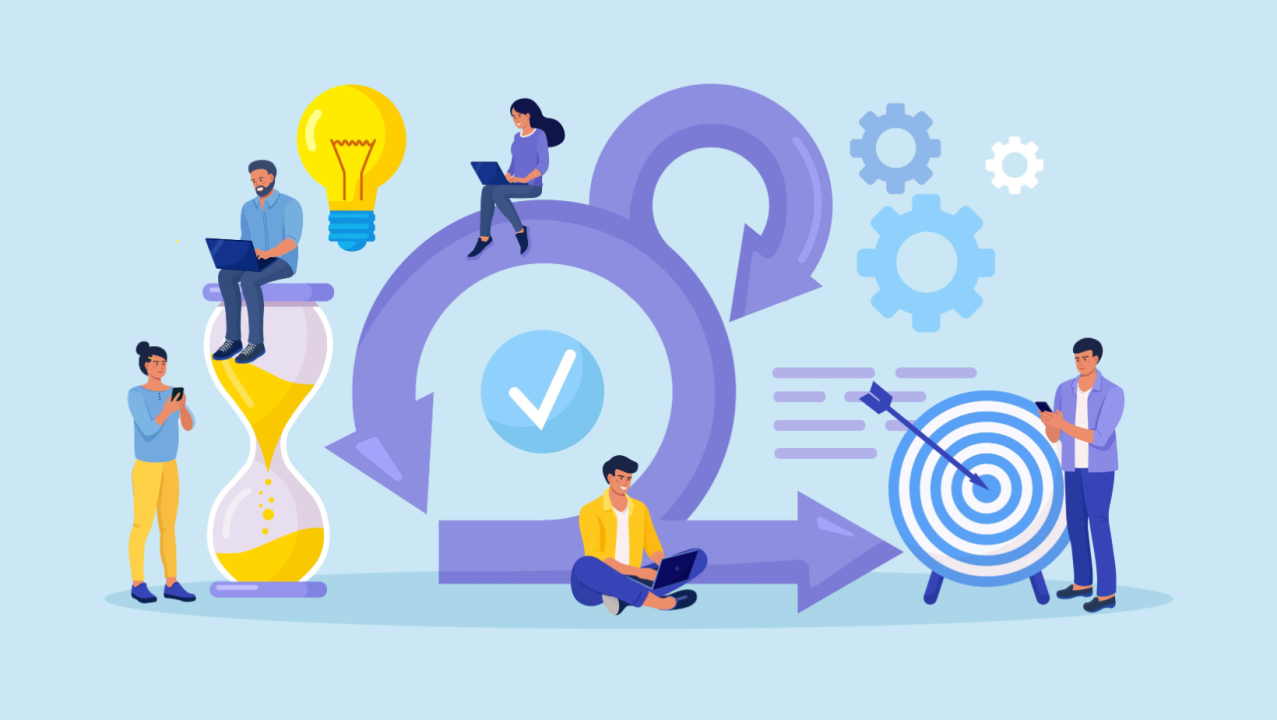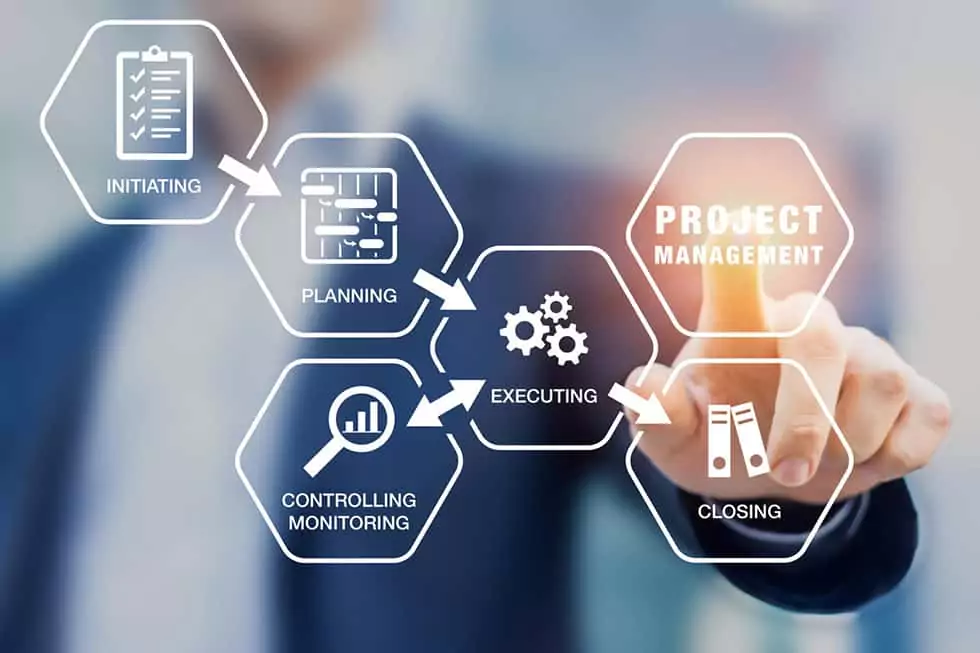Description
Introduction
Agile Product Lifecycle Management(PLM) is a critical approach that enables organizations to effectively manage the lifecycle of products from inception through design, manufacturing, and retirement. This course covers core concepts and best practices of Agile PLM, providing participants with the skills needed to streamline processes, enhance collaboration, and drive innovation throughout the product lifecycle.
Prerequisites
- Basic understanding of product lifecycle management principles
- Familiarity with Agile methodologies
- Knowledge of project management practices
Table of Contents
- Introduction to Agile PLM
1.1 Definition and Importance of Agile PLM(Ref: Hyperion Application Lifecycle Management (ALM): Best Practices)
1.2 Key Differences Between Traditional PLM and Agile PLM
1.3 Benefits of Implementing Agile PLM Practices - Core Concepts of Agile PLM
2.1 Understanding Product Lifecycle Stages
2.2 Role of Collaboration in Agile PLM
2.3 Integration of Agile PLM with Other Business Processes - Agile Methodologies in PLM
3.1 Overview of Agile Principles and Practices
3.2 Implementing Scrum and Kanban in PLM
3.3 Adapting Agile Frameworks for PLM Projects - Effective Communication and Collaboration
4.1 Establishing Cross-Functional Teams
4.2 Utilizing Collaboration Tools and Technologies
4.3 Best Practices for Facilitating Agile Meetings - Data Management and Governance
5.1 Managing Product Data in Agile PLM
5.2 Implementing Data Governance Policies
5.3 Ensuring Data Accuracy and Integrity - Continuous Improvement and Feedback Loops
6.1 Establishing Metrics for Performance Evaluation
6.2 Implementing Feedback Mechanisms
6.3 Adapting Processes Based on Feedback - Risk Management in Agile PLM
7.1 Identifying and Assessing Risks
7.2 Developing Risk Mitigation Strategies
7.3 Utilizing Agile Tools for Risk Management - Change Management and Adaptability
8.1 Navigating Changes in Product Requirements
8.2 Ensuring Stakeholder Buy-in During Changes
8.3 Adapting to Market and Technology Changes(Ref: ITIL (Information Technology Infrastructure Library)) - Case Studies and Real-World Applications
9.1 Success Stories of Agile PLM Implementation
9.2 Analyzing Challenges and Lessons Learned
9.3 Best Practices from Industry Leaders - Future Trends in Agile PLM
10.1 The Role of Digital Transformation in PLM
10.2 Integrating AI and Machine Learning in PLM Processes
10.3 Preparing for Evolving Consumer Demands and Market Trends
Conclusion
This course equips participants with a comprehensive understanding of Agile Product Lifecycle Management(PLM) principles and best practices. By mastering Agile PLM, organizations can enhance product development efficiency, foster collaboration, and drive innovation throughout the product lifecycle. Implementing Agile methodologies not only leads to better products but also improves organizational agility in responding to market changes.







Reviews
There are no reviews yet.